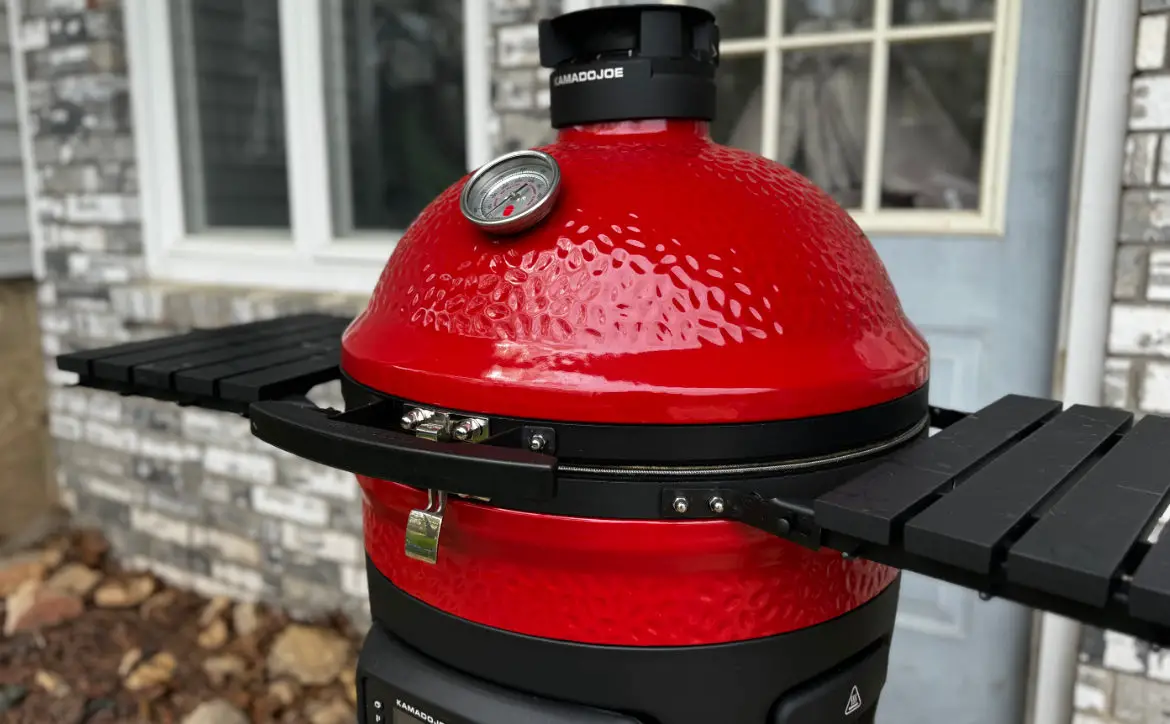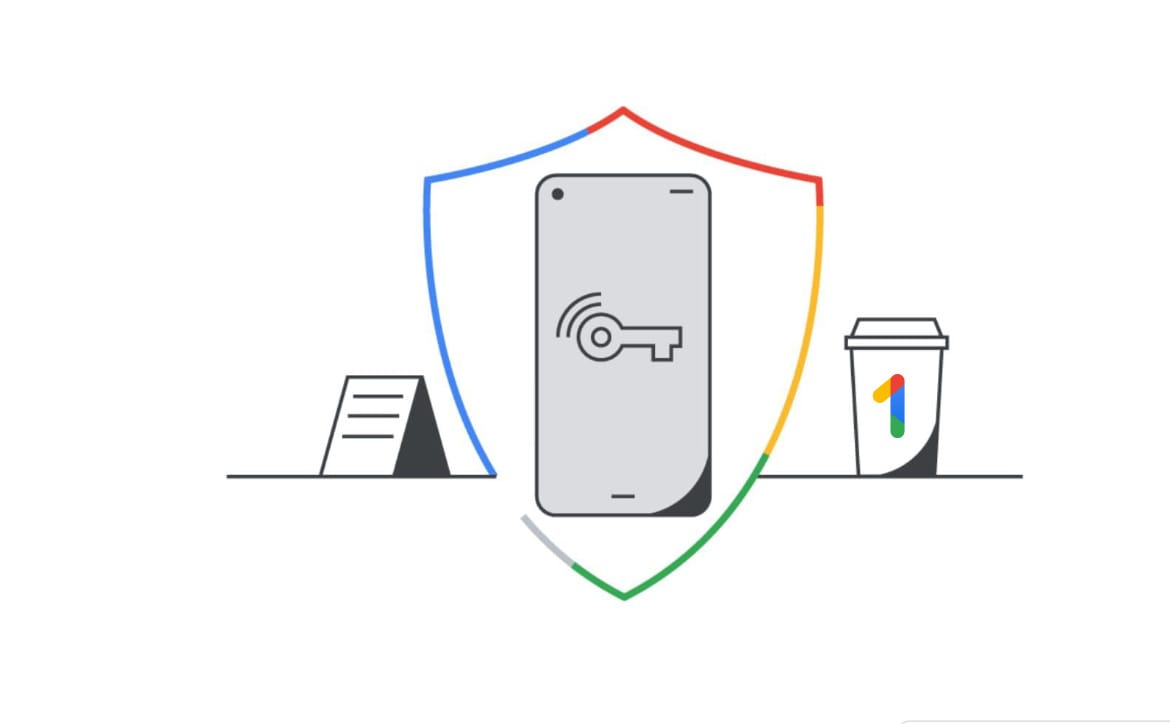Today, each passing day brings fresh news of technological developments that will someday revolutionize the global transportation industry. From fully-electric vehicles to autonomous driving and more, we’re moving closer and closer to the goal of enabling transportation as a service (TaaS) on a massive scale. When it happens, experts predict that individual automobile ownership will drop, and an ever-increasing number of people will opt for ridesharing and other on-demand transportation options instead.
But before any of that can happen, someone’s going to have to build out the supporting infrastructure that will enable all of those new shared vehicle fleets and rideshare operators to function efficiently as a single, unified transportation system alongside the remaining privately-owned vehicles. And today, there’s a company that’s already working to create the foundations of that infrastructure. Jrop – pronounced drop – is positioning itself to provide an on-demand service backbone for today and tomorrow’s transportation systems. Here’s a look at who they are, what they’re doing, and how their technology could be one of the keys to the future of global transport.
Creating a Next-Generation Service Network
Throughout automobile history, there’s always been a nagging problem that has plagued vehicle owners and fleet operators. That problem is all about how to keep their vehicles on the road and to operate smoothly. In the beginning, owners had to have a high degree of technical know-how to deal with any mechanical issues that arose while traveling. But even avid DIYers soon found themselves in over their heads as automobiles grew more complex and more challenging to service.
The early response to the problem came from organizations like AAA, who, in 1915, launched a roadside first-aid service to help stranded motorists get their vehicles back on the road or moved to a service center for repair. And for years, that approach worked for many, but it had a flaw – you had to be a member, or you’d remain stranded wherever you broke down.
And that’s where Jrop enters the picture. Their attempt at solving the problem leverages the ubiquity of smartphones and the location-based services they enable to offer roadside assistance services to drivers in need via a convenient app (and for app-phobic users via their website). And because theirs is an on-demand service, drivers don’t have to worry about membership fees. They just have to request the type of service they need, accept the up-front listed price, and they’ll get help – no strings attached.
An Evolutionary Approach
The reason Jrop’s approach has the power to be such a game-changer in that it embraces the modern service-on-demand approach that’s become so popular in today’s digital economy. And the company’s goal is to become the “Uber of roadside assistance” in that they want to make the process of reaching out for automotive help as fast and straightforward as it is to catch a ride with the globally-known ridesharing app.
That represents a whole new service model that nobody’s yet tried. Today, the other options for stranded motorists consist of members-only auto clubs, costly insurance add-ons, or risking calling for a new service – often while in an unfamiliar place. In their area, Jrop offers a network of pre-vetted, background-checked, fully insured automotive service specialists. And because they’re using technology to undergird their service, they’re able to provide motorists with assistance at lower price points than they’re used to paying.
And so far, the early results seem to be bearing out the wisdom of their approach. Already, they’ve expanded their service to cover the majority of the continental United States. They’ve done it on the back of strong customer demand and overwhelmingly positive customer feedback.

The Future Implications
While the services that Jrop offers to today’s motorists are essential, they’re not all the company hopes to achieve. Since they’re building a digitally-connected nationwide service network, they’ll also be well-positioned to deal with the shared vehicle fleets’ needs that most experts expect to spring up in the coming years.
Providers of those vehicles will need a trusted partner to service their cars while they’re in use by customers, and having an experienced service-on-demand firm like Jrop already operating in most markets will offer a natural fit. And because Jrop’s getting the hard work of building a trusted reputation and a nationwide footprint did now, they’ll be in a unique position to dominate a market that’s only going to grow in the future.
The Transportation System of the Future
Although the flagship technologies that bring autonomous and electrified vehicles closer and closer to reality get the lion’s share of attention, it’s worth noting that they cannot produce the transportation revolution most people expect without plenty of assistance. And it’s good to know that there’s at least one company that’s dedicating itself to handling the nuts-and-bolts work that it’s going to take to keep the vehicles of today and tomorrow on the roads.
And it’s not as though Jrop’s services are the end of what’s needed. There’s plenty of opportunities in the space to go around. After all, next-generation transportation systems require a wholesale upgrade of all kinds of supportive strategies. Some companies are designing and perfecting embedded road sensors that will notify autonomous vehicles of potential hazards. Others are creating sustainable illumination systems to light the way on roads and highways at night. No matter where you look, there’s no end to the work that needs to get done.
But the important thing is that it is getting done. Thanks to innovative and forward-looking companies like Jrop, every new day brings us closer than ever before to the brave new transportation future. And in the end, it’ll make our world a much easier – and safer – place to get around.
What do you think? Let us know in the comments below or on Twitter or Facebook. You can also comment on our MeWe page by joining the MeWe social network.
Last Updated on February 3, 2021.










